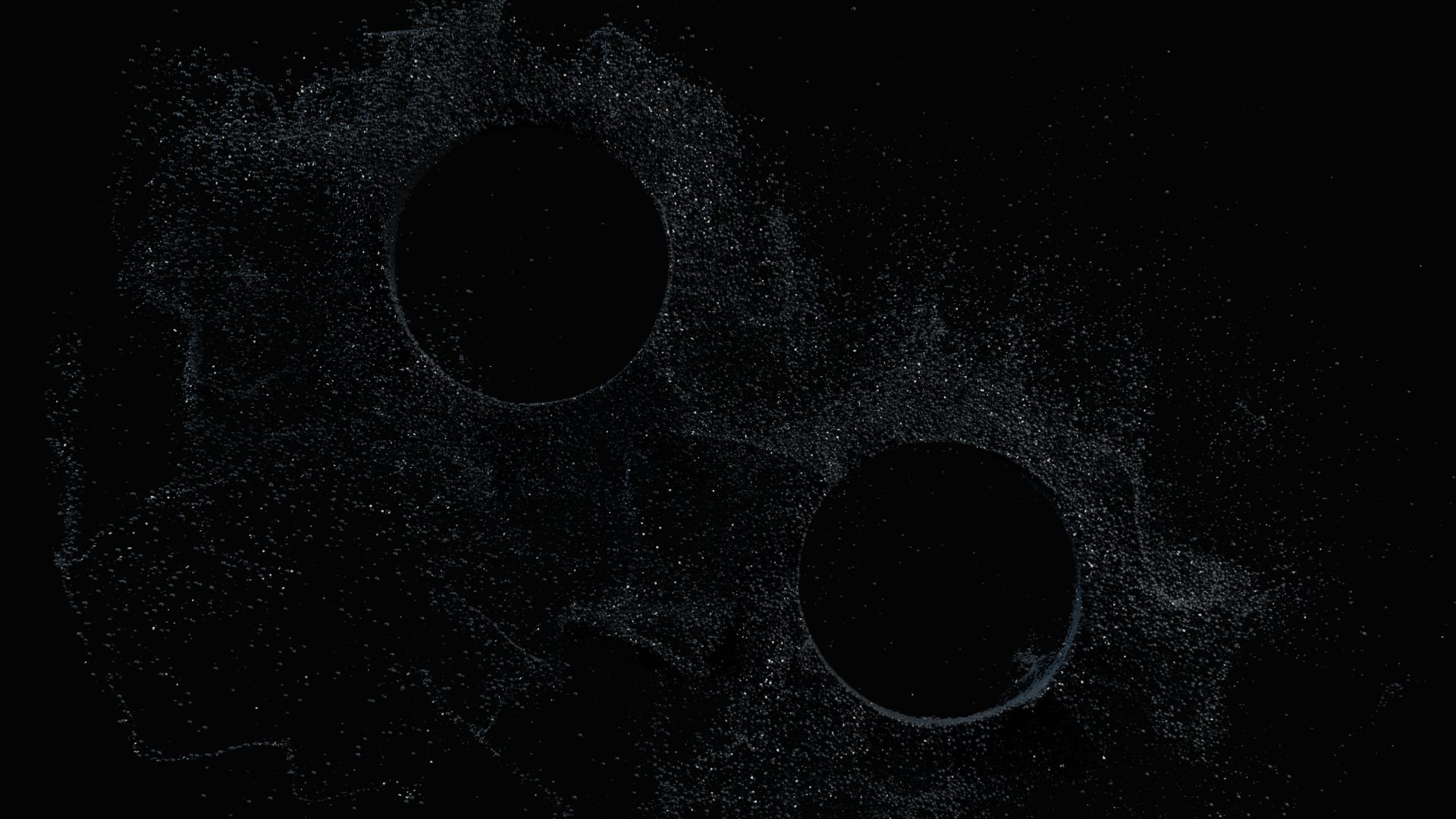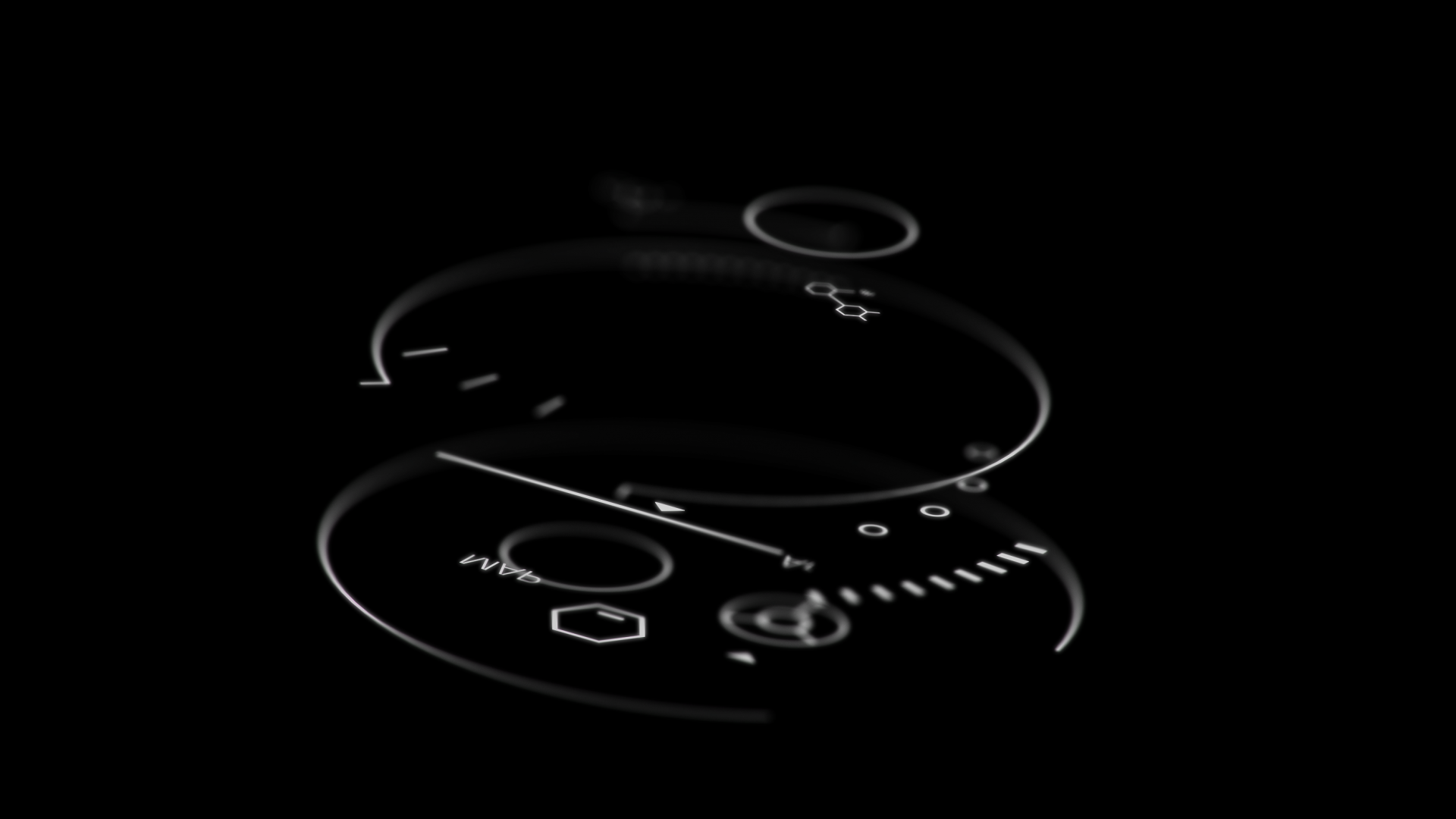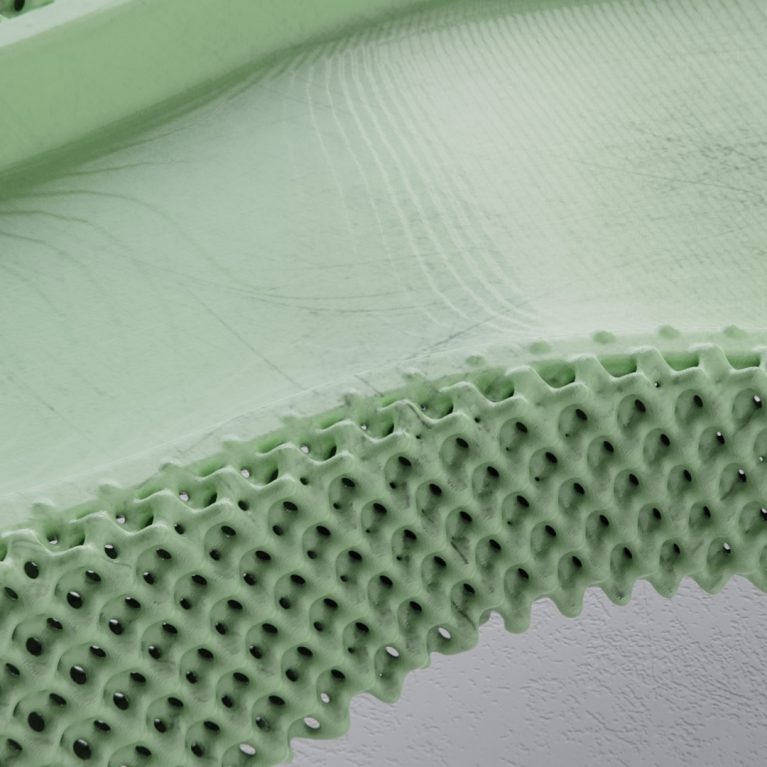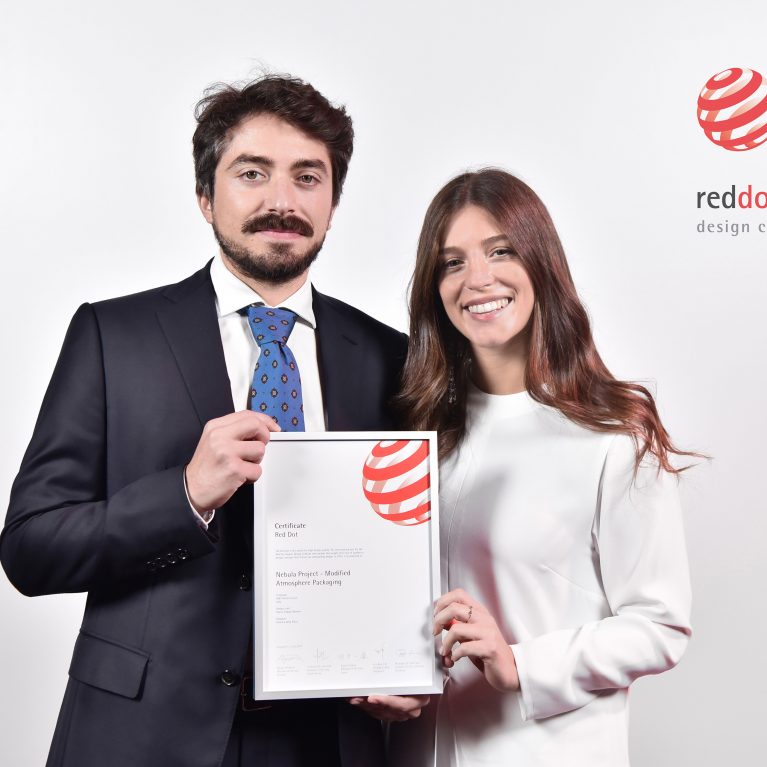Modified atmosphere: the science behind gas combinations for the unaltered preservation of nutritional properties and characteristics of food products
Preserving the original taste, texture and nutritional values.
Protective atmosphere packaging, also known as modified atmosphere packaging or MAP is a well-established technology commonly used by the food industry to preserve the quality of fresh products over a longer period of time without the use of preservatives that could alter the nature or taste of the product.
The concept is simple: the natural ambient air, composed by nitrogen, oxygen, argon, water vapor, carbon dioxide and traces of other gases and vapors, is replaced inside the package by a gas mixture, often simply nitrogen and carbon dioxide.
It was a French naturalist, chemist and physicist, Jacques Étienne Bérard who first understood in 1821 that fruits ripening can be delayed reducing the amount of oxygen in the atmosphere. However, a practical use of his discovery appeared only after 1930: controlled atmosphere storage rooms with high levels of CO2 were employed inside ships transporting fresh fruits to increase their shelf life. The first protective atmosphere packages appeared only in the 1970s.
The reduction or removal of oxygen from the atmosphere reduces oxidative reactions and growth of aerobic microorganisms causing microbial degradation reactions.
The addition of carbon dioxide in the atmosphere inhibits growth of most aerobic bacteria and molds.
However too much carbon dioxide, which is partially absorbed by the food forming carbonic acid, can make the taste sour. This is why spray cream does not use carbon dioxide inside the can but nitrous oxide (yes, the laughing gas!).
Nitrogen, an almost inert gas, is typically used to replace oxygen from the package and as supporting gas to compensate carbon dioxide absorption by the food and avoid package collapsing.
Although the most common gas mixture for a protective atmosphere is nitrogen and carbon dioxide, each food has its ideal composition. For example, raw poultry can benefit from a 70/30% nitrogen/carbon dioxide ratio while for raw fish a 40/60% ratio is preferred. 70/30% nitrogen/carbon dioxide ratio is also quite common for cooked meat, soft cheese and ready meals.
Other food require also the presence of oxygen as well. For example, a high oxygen content is frequently used for raw red meat to retain the red color. In some cases, oxygen is needed to inhibit the growth of anaerobic organisms.
Fresh fruits and vegetables, especially fresh-cut are a slightly different story: even if the presence of oxygen causes oxidation and ripening, its complete removal can trigger anaerobic fermentation.
Therefore, the ideal solution is to use the minimum oxygen concentration to decrease the rate of respiration as much as possible, like a sort of artificial lethargy, without triggering the growth of anaerobic organisms.
Nowadays protective atmosphere packages are almost everywhere for products we all buy every day at supermarkets. In recent years, we have begun to see the use of protective atmosphere packages also in small grocery stores, delis, rotisseries and takeaways.
What will be the next step?
Related News
Filippo Batavia and Ginevra Della Porta, reflections against food waste at the Wired Next Fest 2023
Leveraging the experience gained from the Nebula project, DesignHouse developed a new product from scratch in less than two years.
Procedural Design for Industrial Applications
Topological optimization is revolutionizing design approaches in various fields, from complex system engineering to architecture.
SAES Getters wins the ‘Red Dot Award’ with Project Nebula
“With Nebula, we wanted to push the technological part to the limit to reduce the size of the product.”







